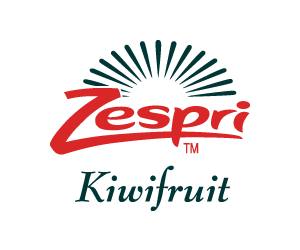Zespri is the world's leading marketer of kiwifruit. Every year hundreds of thousands of tonnes of fruit are harvested, packed and coolstored before shipping to markets around the world. In order to deliver this fruit Zespri charters refrigerated ships that can transport about 5,000 tonnes of fruit at a time to markets in Asia and Europe. Alongside this hundereds of containers leave for over 60 markets around the world. It is the pride of Zespri and the New Zealand industry that fruit is only harvested when it has achieved the Zespri Taste Standard and is mature enough to be ripened on the early vessels for the markets.
Problem specification
Planning for the start of the season is a complex process with shipping needing to be ordered well in advance of the season start. Planning for packhouses such as ordering correct packaging, employing staff and readying coolstores all has to be timed for the beginning of the season.
In order to predict the likely start of the season Zespri runs a series of monitoring and modelling exercises to try and estimate the timing of the fruit maturity, volumes of fruit that will be ready and likely issues with the early part of the season.
The aim of this Challenge will be to investigate how Zespri can improve the current system and processes.
Prediction
- Two varieties
- Orchards harvested over a range of maturities that have different criteria
- Zespri has strict criteria for Clearance to pick which require thresholds of Dry Matter, Brix and Colour to be achieved. The specifications are based on a range of measures of a 90 fruit sample including means and fractiles.
- Monitoring leading up to harvest includes:
- "Smart Monitoring" as set of orchards that are monitored every season and provide general regional trends
- "Week 9 Monitoring" which takes a sample of a large number of orchards at a single point in time to try to build a full crop profile
- Other possible data sources:
- Weather data
- Previous season's monitoring
- Previous season's actual harvest results
Possible outputs
- New analytics and tools for prediction the development of fruit over the first 3 weeks of harvest
- Improved designs for the sampling and monitoring systems
